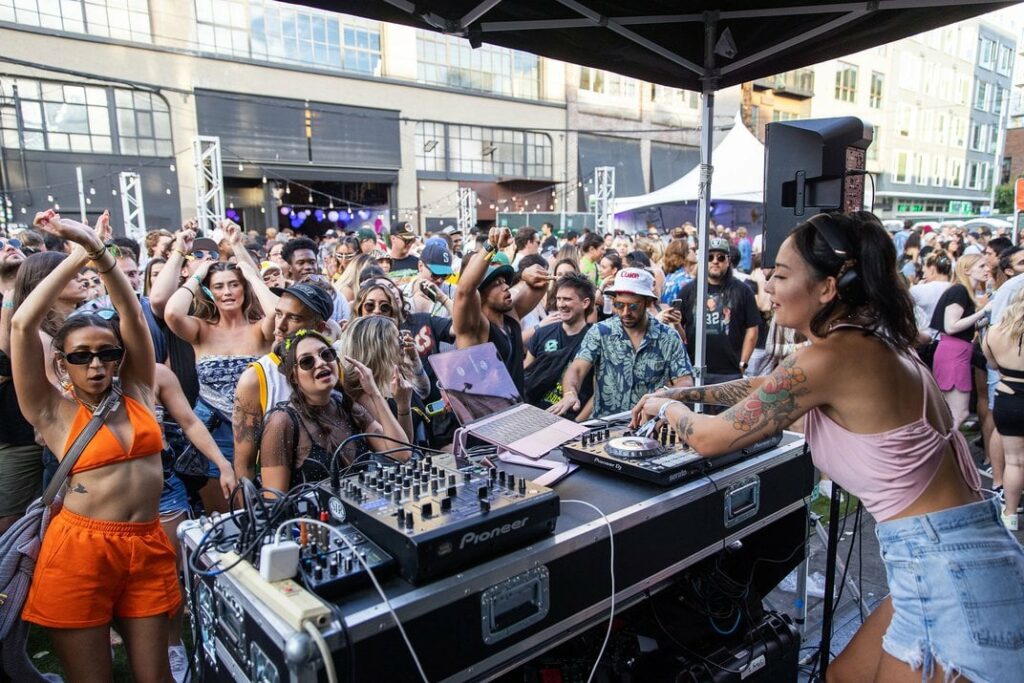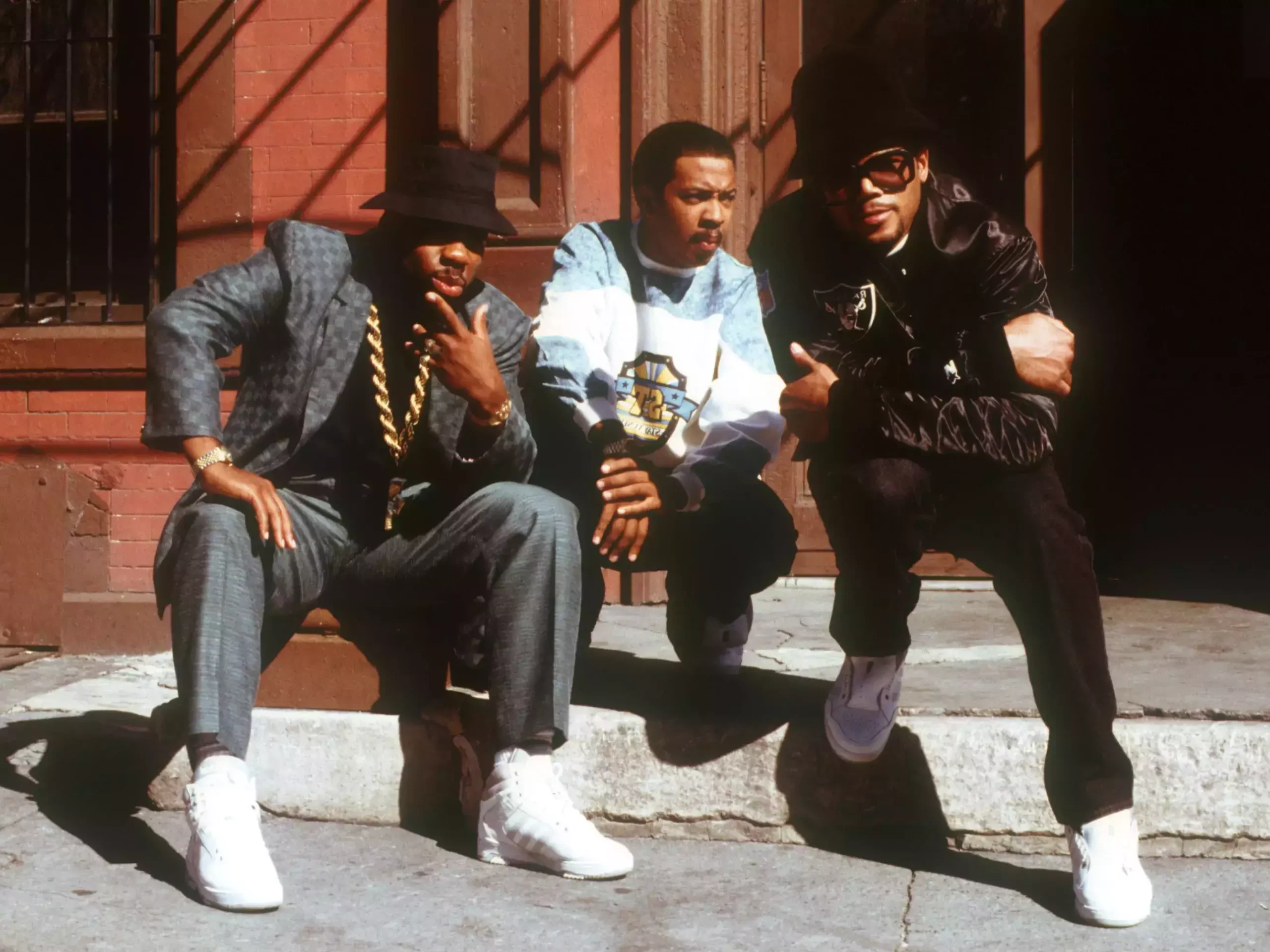African, Caribbean, and Hispanic adolescents in the Bronx in the 1970s were instrumental in the development of hip-hop as a musical and cultural genre.
On August 11, 1973, a back-to-school celebration had DJ Kool Herc, a Jamaican American DJ who played strong funk by artists including James Brown. Then he did something different: he spliced together drum breaks from several tunes, giving birth to the syncopated beats that would form hip hop’s foundation.
The result was like a lightning bolt. Hip hop’s other defining characteristics—breakdancing, rapping, and graffiti—emerged and spread rapidly across the United States. Many Americans, especially those from marginalized groups, were inspired by hip-hop because of its central message, which centers on the struggles of working-class youngsters.
According to Aisha Durham, a communications professor at the University of South Florida, “Hip hop would not have been as formidable as a music genre if it were not produced or vocalized by this group.” Some of today’s most creative hip-hop crews are based in economically, socially, or politically marginalized neighborhoods.
Unengaged Teen

In the 1970s, when Ford and other large manufacturers left urban areas, deindustrialization brought high inflation and unemployment in places like New York City, particularly hurting poor and minority neighborhoods.
Extreme poverty and unemployment have stimulated the growth of black marketplaces. According to Durham, many hip-hop songs addressed issues like inflation, unemployment, incarceration, sex trafficking, and sex work because of this.
With the success of the civil rights struggle in the 1950s and 1960s, the Black Power era saw the birth of a new cultural movement: hip hop. This, together with the inflow of Caribbean migrants, produced a potent social setting in which people of color all over the world had to ask themselves where they fit in the larger scheme of things. One medium through which this sentiment might be expressed was rap.
Even major players like MTV pushed back on the genre in its early days, as Durham said, because of the manner it highlighted the shortcomings of the elder generation.
“What it wasn’t was the fight for civil rights or the music of the Motown era that your mother grew up with. Hip hop isn’t interested in the type of respectability politics that some people are “Withinr, Durham stated.
Read More:
Hip-Development Hop Across Time
Hip hop’s golden period occurred in the ’80s and ’90s when the genre flourished and spread globally. Artists like Public Enemy and Queen Latifah “gave a kind of model for how you can be marketable with a message,” Durham said, highlighting the conflict between making music that young people would like listening to and dancing to and making music that is politically aware.
This new school of hip-hop musicians “packaged a culture into a marketable and commercially viable enterprise,” as Durham puts it, much like Sylvia Robinson did before them by drawing on disco and funk.
The legendary hip-hop company Sugar Hill Records was founded by Robinson, who overcame the misogyny of the music business to sign groundbreaking acts like The Sequence, Grandmaster Flash and the Furious Five, and Funky Four Plus One.
In addition, the emergence of gangsta rap during this time period helped propel hip-hop to the forefront of the music industry in the 1990s.
However, Durham argues that the show reinforced negative stereotypes of “the violent, aggressive Black man and the oversexualized Black woman,” especially among non-Black consumers who were likely oblivious to underlying social issues like drug addiction, the war on drugs, police brutality, and the lack of affordable housing.
Regained Political Importance
Some wondered in the early 2000s if hip hop was dead because of a drop in sales, but after the Black Lives Matter movement was founded in 2013 in response to the acquittal of Trayvon Martin’s killer, the genre took on new political and social significance.
Some of the same talks we were having with Sugar Hill Records, including racism, classism, and other types of prejudice, are being had by artists such as J. Cole, Kendrick Lamar, and Mumu Fresh, according to Durham.
University of Arizona history professor Tyina Steptoe argues that hip hop is part of a long line of protest music in Black America, including the blues and jazz, which also addressed themes of police violence and injustice.
Songs like “The Larger Picture” by Lil Baby and “Get Up” by T-Pain addressed issues of injustice, police brutality, and protest after the 2020 death of George Floyd.
While hip hop may have spread beyond the South Bronx, its roots remain in the everyday struggles of people of color, as Durham put it. “Hip hop is still relevant because injustice is a problem that affects people everywhere. Hip hop, at its core, is a people’s music.”

